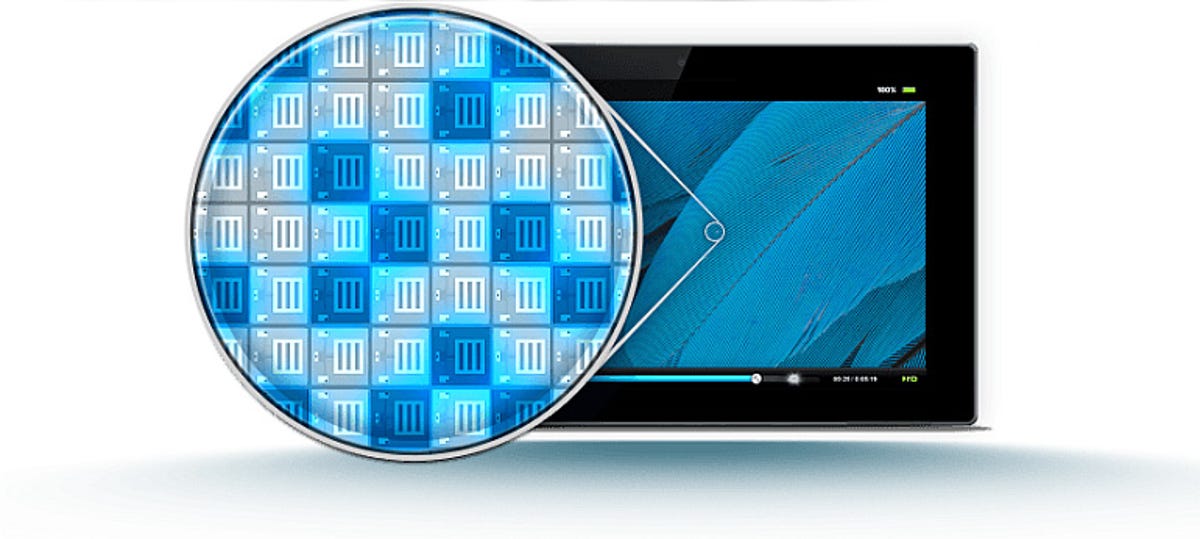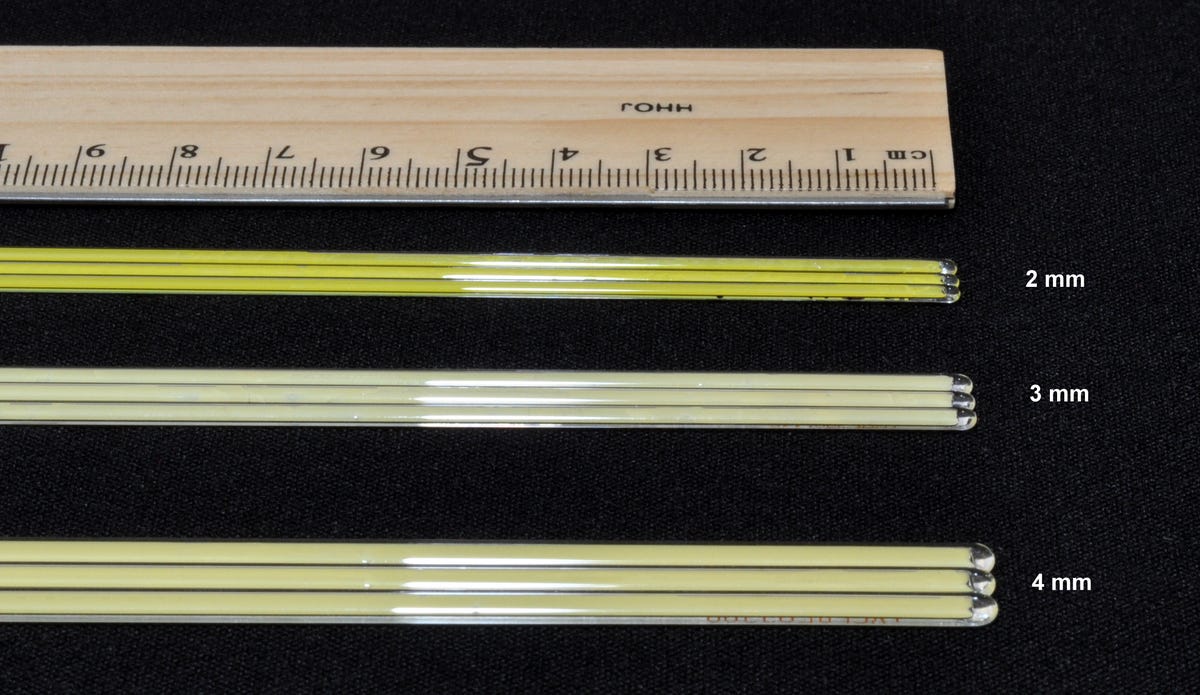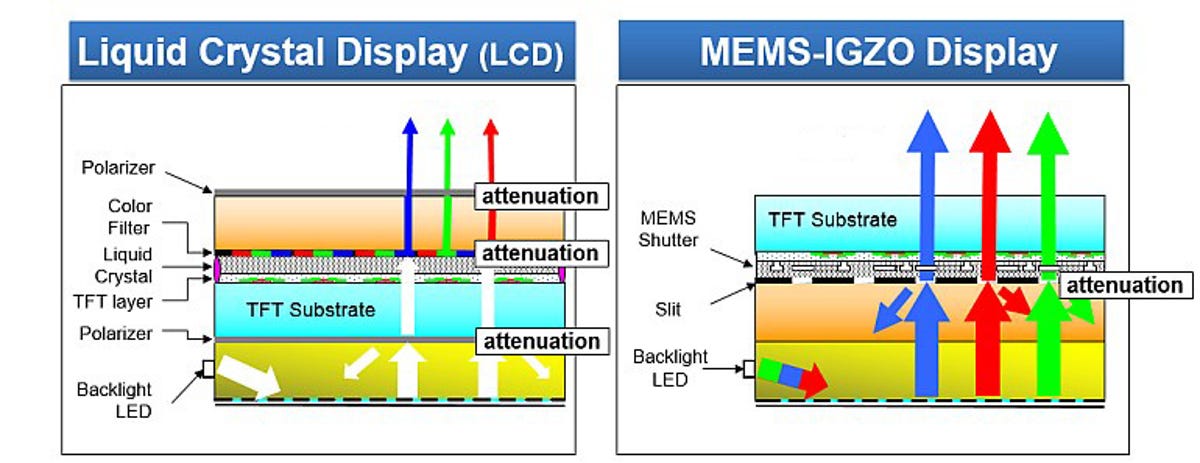
Pixtronix
At CES 2015, we got a glimpse of all the upcoming TV technologies that go beyond 4K. Along with that came the inevitable marketing buzzwords we’ll be hearing for the next year. Some of these buzzwords are more than that, though. Some represent advancements that can potentially do a lot for picture quality.
Each of the four advancements below can help improve picture quality in LCD TVs, although one, HDR, can work with OLED TVs, too. And as the battle for picture quality supremacy between LCD and OLED heats up, LCD is going to need all the help it can get.
Though we’ve discussed a few of them before, here’s an overview of what they’ll all mean in 2015 and beyond.
HDR
After 4K itself, which seems so 2014 by now, the most common TV tech discussed at the show was HDR, or High Dynamic Range. There’s a lot of confusion as to what this actually means, but the short version is a TV capable of a greater contrast ratio than a typical television (hence, greater dynamic range), and soon there’ll be at least a few movies in HDR format to watch on it.
There are potentially other aspects, like a wider color gamut, that can also be a part of HDR. Essentially, by using advanced local dimming techniques, a TV can display whites that are significantly brighter than a non-HDR TV’s, while keeping the blacks as close to black as possible. Which, at least in the case of OLED, means perfectly black.


Geoffrey Morrison/CNET
One of the biggest proponents is Dolby, with its Dolby Vision technology.
While it remains to be seen how extensive these advancements will be, we’re tentatively excited about them, given that contrast ratio is easily the most important aspect of picture quality.
You can read more about HDR and what each TV company is doing with it in High Dynamic Range arrives at CES 2015.
Quantum dots
This is another cool TV technology that sounds more like marketing than science, but it’s actually comfortably both. Quantum dots are tiny particles, also called nanocrystals, that glow a certain wavelength of color depending on their size when supplied a bit of energy.
Sony’s W900A from 2013 used quantum dots from QD Vision arranged in a tube in front of blue LEDs. The blue LEDs would not only create blue light, but that blue light would energize the red and green quantum dots, to create red and green light. The color on the TV was fantastic.


QD Vision
And that’s why we’re excited about QD. Even at the correct HD color points, QD displays have a certain realism to their color that’s not possible with standard “white” LEDs (which are actually blue with a yellow phosphor). RGB LEDs have a similar realism, but are almost never used in current televisions.
Samsung, just to be difficult, is calling its version of quantum dots, found in SUHD TVs , “nanocrystal LED.”
You can read more about quantum dots in Quantum dots: How nanocrystals can make LCD TVs better.
Lasers!
Two companies, Philips and Hisense, announced LCDs lit by lasers. Check out David’s eyes-on in this video:
Like quantum dots (and RGB LED), lasers have the potential for extremely precise color reproduction. How well these will perform, we’ll have to wait and see.
MEMS
This isn’t really a 2015 development, more of a potential TV tech for the future. IGZO-MEMS, or Indium Gallium Zinc Oxide-Micro Electro Mechanical System, is a joint development between Sharp and Qualcomm subsidiary Pixtronix.
Instead of using a liquid crystal layer to (imperfectly) block the light created by the LED backlight, MEMS uses mechanical shutters (image at top). These slide to block the light and turn a pixel “off.” Sharp claims this makes for an even more energy-efficient display. Because there’s no color filter (color is created sequentially from RGB LEDs), there’s the potential of an even wider color gamut. There’s also potentially no motion blur.


Sharp/Pixtronix
Being able to vary the light on a per-pixel level is the holy grail of contrast ratio. MEMSs, OLED and plasma can do it, but so far it’s never been possible with a production LCD (local dimming models can only dim areas of the screen, not individual pixels).
Right now Sharp has “no current plans” to develop this into a TV technology, just tablet-size screens for now. Might make for a cool TV tech though.
Bottom line
While we all lament the loss of plasma (this was the first year this century it wasn’t mentioned anywhere at CES), and the slow rollout of OLED, LCD manufacturers have some interesting tech planned for their 2015 models. Potentially, these could be the best-looking LCDs yet. Possibly, the best-looking displays.
We shall see.
Got a question for Geoff? First, check out all the other articles he’s written on topics like why all HDMI cables are the same, LED LCD vs. OLED, why 4K TVs aren’t worth it, and more. Still have a question?Send him an e-mail! He won’t tell you what TV to buy, but he might use your letter in a future article. You can also send him a message on Twitter @TechWriterGeoff or Google+.




